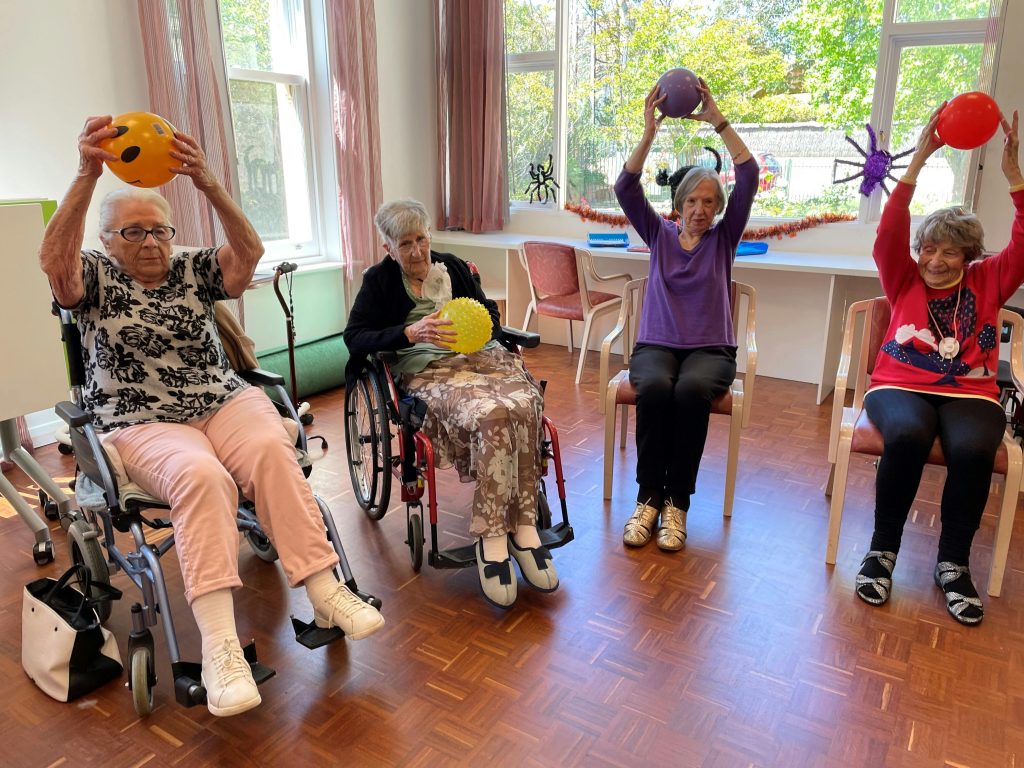Facebook ads have emerged as a powerful tool for memory care facilities to reach their target audience, engage potential residents and their families, and ultimately drive conversions. Crafting compelling and engaging content is essential to stand out in the crowded digital space and maximize the effectiveness of Facebook advertising campaigns.
I. Understanding the Audience
A. Identifying the Target Audience
Before diving into the content creation process, it’s crucial to have a deep understanding of the target audience. Memory care facilities cater to individuals experiencing memory-related conditions such as Alzheimer’s disease or dementia, as well as their families and caregivers. Consider the following aspects when defining the target audience:
- Demographics: Age, gender, location, and income level of potential residents and their families.
- Interests and Behaviors: Understanding the hobbies, interests, and online behaviors of the target audience can inform content creation and ad targeting strategies.
- Pain Points: Identify the challenges and concerns faced by individuals seeking memory care solutions, as well as their caregivers.
II. Crafting Compelling Ad Copy
A. Captivating Headlines and Descriptions
The headline and ad copy are the first elements that capture the audience’s attention. Crafting compelling and informative ad copy is essential to entice users to engage with the ad. Consider the following strategies:
- Clear Value Proposition: Clearly communicate the unique benefits and value proposition of the memory care facility.
- Emotional Appeal: Tap into the emotions of the audience by highlighting the compassionate care and support provided.
- Call-to-Action (CTA): Include a clear and compelling call-to-action to prompt users to take the desired action, such as scheduling a tour or requesting more information.
B. Utilizing Testimonials and Success Stories
Incorporating testimonials and success stories from residents and their families can add credibility and authenticity to Facebook ads. Consider the following approaches:
- Personalized Testimonials: Feature authentic testimonials from residents or their families sharing positive experiences and outcomes.
- Before-and-After Stories: Showcase transformational stories highlighting the positive impact of the memory care facility on residents’ lives.
- Visual Testimonials: Incorporate images or videos of residents and their families sharing their testimonials for added impact.
III. Visual Content: Images and Videos
A. Selecting Compelling Visuals
Visual content plays a crucial role in capturing the audience’s attention and conveying the essence of the memory care facility. Consider the following tips for selecting compelling visuals:
- High-Quality Images: Use high-resolution images that showcase the facilities, amenities, and compassionate care provided.
- Inclusive Representation: Ensure diversity and inclusivity in visual content to resonate with a broader audience.
- Authenticity: Choose authentic images that reflect real residents and staff members to establish trust and credibility.
B. Creating Engaging Videos
Video content has become increasingly popular on Facebook and can significantly enhance engagement with ads. Consider the following strategies for creating engaging video content:
- Virtual Tours: Offer virtual tours of the memory care facility to provide an immersive experience for potential residents and their families.
- Staff Spotlights: Introduce the dedicated staff members and caregivers to showcase the compassionate care provided.
- Resident Stories: Share heartwarming stories of residents and their families to humanize the memory care experience.
IV. Targeted Ad Campaigns
A. Audience Segmentation
Segmenting the audience allows for more targeted and personalized ad campaigns. Consider the following segmentation criteria:
- Stage of Decision-Making: Segment the audience based on where they are in the decision-making process, such as awareness, consideration, or decision stage.
- Interests and Behaviors: Target users based on specific interests and behaviors related to memory care, caregiving, or senior living.
- Custom Audiences: Utilize custom audience targeting to reach individuals who have interacted with the memory care facility’s website or Facebook page.
B. A/B Testing
A/B testing allows for the optimization of ad performance by testing different ad elements and strategies. Consider the following elements for A/B testing:
- Ad Copy: Test variations of headlines, ad copy, and calls-to-action to identify the most effective messaging.
- Visuals: Experiment with different images and videos to determine which visual content resonates best with the audience.
- Targeting Parameters: Test different audience segments and targeting criteria to optimize ad reach and engagement.
V. Measuring Success and Optimization
A. Key Performance Indicators (KPIs)
Tracking key performance indicators (KPIs) allows memory care facilities to measure the effectiveness of their Facebook ad campaigns. Consider the following KPIs:
- Click-Through Rate (CTR): Measure the percentage of users who click on the ad to visit the memory care facility’s website or landing page.
- Conversion Rate: Track the percentage of users who take the desired action, such as scheduling a tour or submitting a contact form.
- Engagement Metrics: Monitor likes, comments, shares, and other forms of engagement to gauge audience interaction with the ads.
B. Continuous Optimization
Continuous optimization is essential for maximizing the impact of Facebook ad campaigns. Consider the following optimization strategies:
- Performance Analysis: Regularly analyze ad performance data to identify trends, patterns, and areas for improvement.
- Ad Iteration: Based on performance analysis, iterate and refine ad elements such as copy, visuals, and targeting parameters to optimize results.
- Budget Allocation: Adjust budget allocation based on the performance of individual ad campaigns to maximize return on investment (ROI).
VI. Conclusion
In conclusion, creating engaging content for Facebook ads is essential for memory care facilities to effectively connect with their target audience, convey their unique value proposition, and drive conversions. By understanding the audience, crafting compelling ad copy, leveraging visual content, implementing targeted ad campaigns, and continuously measuring and optimizing performance, memory care facilities can maximize the effectiveness of their Facebook advertising efforts and ultimately achieve their marketing goals.



